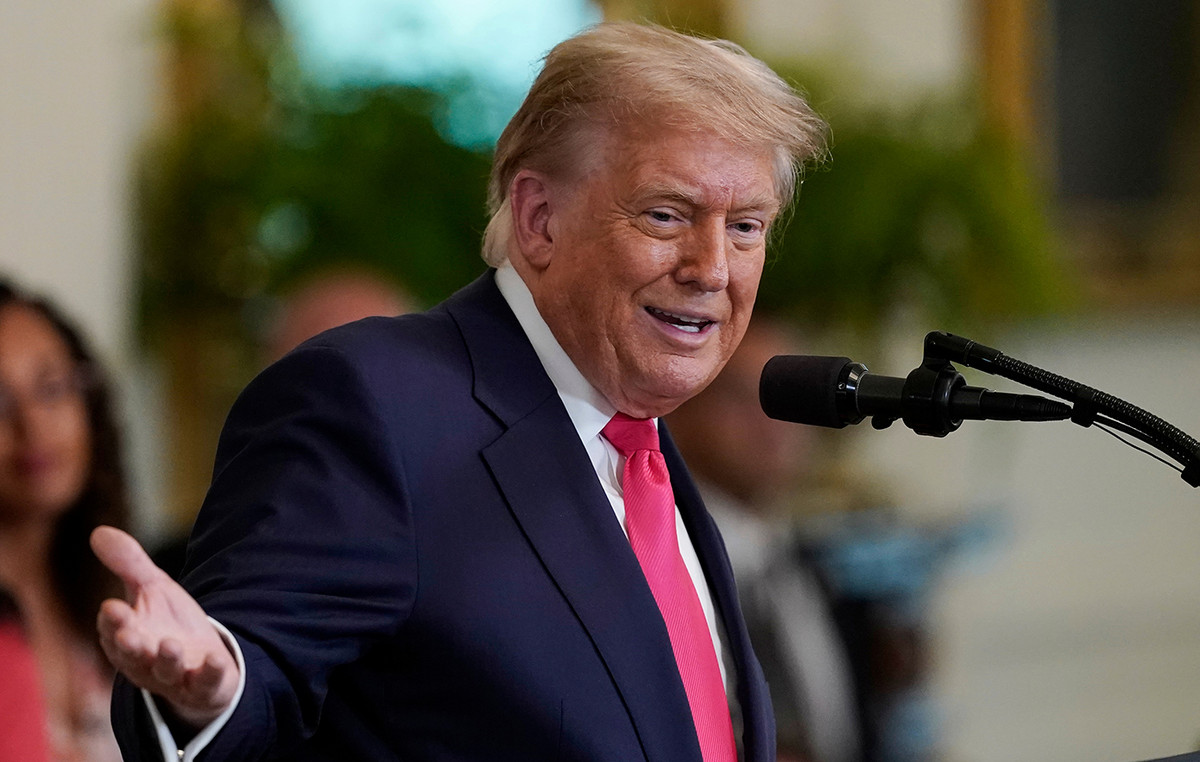- The Mexican Peso fights back, erasing its previous losses fueled by the Fed’s comment.
- Fed Governor Christopher Waller opened the door to rate cuts if rising inflation continues for several months.
- Banxico Heath’s moderate comments continue to weigh on the Mexican currency.
He Mexican peso (MXN) registers slight losses against the US dollar (USD), with the USD/MXN pair virtually unchanged, up a modest 0.01%, after reaching a daily high of 17.21. Market participants are digesting recent comments from US Federal Reserve (Fed) officials Christopher Waller and Chicago Fed President Austan Goolsbee. At the time of writing, the pair is trading around 17.14.
Mexico’s thin economic agenda keeps USD/MXN traders focused on US economic data. The US Conference Board (CB) showed that consumer confidence in November rose above forecasts and downwardly revised October data. At the same time, Fed Governor Christopher Waller commented that there are good economic arguments for lowering rates if inflation continues to fall for several months. This sponsored a downward stretch in the exotic pair, since flows left the dollar, towards higher risk assets.
Meanwhile, USD/MXN traders are preparing for Wednesday’s data, as the US economic docket will see third-quarter Gross Domestic Product (GDP), which is expected to surpass the first estimate of the 2.1%.
Daily movements: The Mexican Peso is parked around the 17.05/17.15 range after Banxico’s Health statements
- On November 27, Banxico Deputy Governor Jonathan Heath commented that underlying prices need to fall further, adding that one or two rate cuts could come next year, but “very gradually” and “very cautiously.”
- US CB Consumer Confidence for November rose to 102, above forecasts and October data, each at 101 and 99.1, respectively.
- On November 24, a report revealed that Mexico’s economy grew as expected in the third quarter on an annual and quarterly basis, suggesting that the Bank of Mexico will likely maintain its hawkish stance, although it opened the door to some easing .
- Mexico’s annual inflation increased from 4.31% to 4.32%, while core inflation continued to ease from 5.33% to 5.31%, according to data from November 23.
- The idea in financial markets that the United States Federal Reserve (Fed) is done raising rates has kept the dollar lower, but it has found some relief today. The Dollar Index (DXY) is down 0.18% and trades at 103.00.
- Data released earlier this month showed a drop in prices paid by consumers and producers in the US, increasing investor speculation that the Fed’s tightening cycle has come to an end.
- A Citibanamex survey suggests that 25 of the 32 economists surveyed expect Banxico’s first rate cut in the first half of 2024.
- The survey shows “a great dispersion” for interest rates next year, between 8.0% and 10.25%, Citibanamex revealed.
- The same survey revealed that economists forecast annual headline inflation of 4.00% and core inflation of 4.06%, both readings for next year, while the USD/MXN exchange rate is seen at 19.00, from 18.95, towards the end of 2024.
- The swaps market suggests traders expect 85 basis points of rate cuts from the Fed in 2024.
Technical Analysis: Mexican Peso Loses Strength While USD/MXN Remains Near Weekly High
USD/MXN has been consolidating for the last seven days, within the 17.05/17.20 zone, unable to fall or rise above the range, while the 20-day SMA at 17.37 points towards the SMA 100-day price at 17.34, suggesting that sellers are gaining momentum in the short term. Therefore, they need to recover the 17.05 level, before taking the pair towards 17.00 and below.
Conversely, buyers must break the 17.20 zone and reclaim the 100-day SMA, so they could threaten to test the 200-day SMA at 17.58 before recovering to the 50-day SMA at 17.68, both levels. dynamic resistance.
Frequently Asked Questions about the Mexican Peso
What is MXN?
The Mexican Peso is the legal tender of Mexico. The MXN is the most traded currency in Latin America and the third most traded on the American continent. The Mexican Peso is the first currency in the world to use the $ sign, prior to the later use of the Dollar. The Mexican Peso or MXN is divided into 100 cents.
What is Banxico and how does it influence the MXN?
Banxico is the Bank of Mexico, the country’s central bank. Created in 1925, it provides the national currency, the MXN, and its priority objective is to preserve its value over time. In addition, the Bank of Mexico manages the country’s international reserves, acts as a lender of last resort to the banks and advises the government economically and financially. Banxico uses the tools and techniques of monetary policy to meet its objective.
How does inflation impact the MXN?
When inflation is high, the value of the Mexican Peso (MXN) tends to decrease. This implies an increase in the cost of living for Mexicans that affects their ability to invest and save. At a general level, inflation affects the Mexican economy because Mexico imports a significant amount of final consumption products, such as gas, fuel, food, clothing, etc., and a large amount of production inputs. On the other hand, the higher the inflation and debt, the less attractive the country is for investors.
How does the Dollar influence the Mexican Peso (MXN)?
The exchange rate between the USD and the MXN affects imports and exports between the United States and Mexico, and may affect demand and trade flows. The price of the Dollar against the Mexican Peso is affected by factors such as monetary policy, interest rates, the consumer price index, economic growth and some geopolitical decisions.
How does the Fed’s monetary policy affect Mexico?
The exchange rate between the USD and the MXN affects imports and exports between the United States and Mexico, and may affect demand and trade flows. The price of the Dollar against the Mexican Peso is affected by factors such as monetary policy, interest rates, the consumer price index, economic growth and some geopolitical decisions.
Source: Fx Street
I am Joshua Winder, a senior-level journalist and editor at World Stock Market. I specialize in covering news related to the stock market and economic trends. With more than 8 years of experience in this field, I have become an expert in financial reporting.







